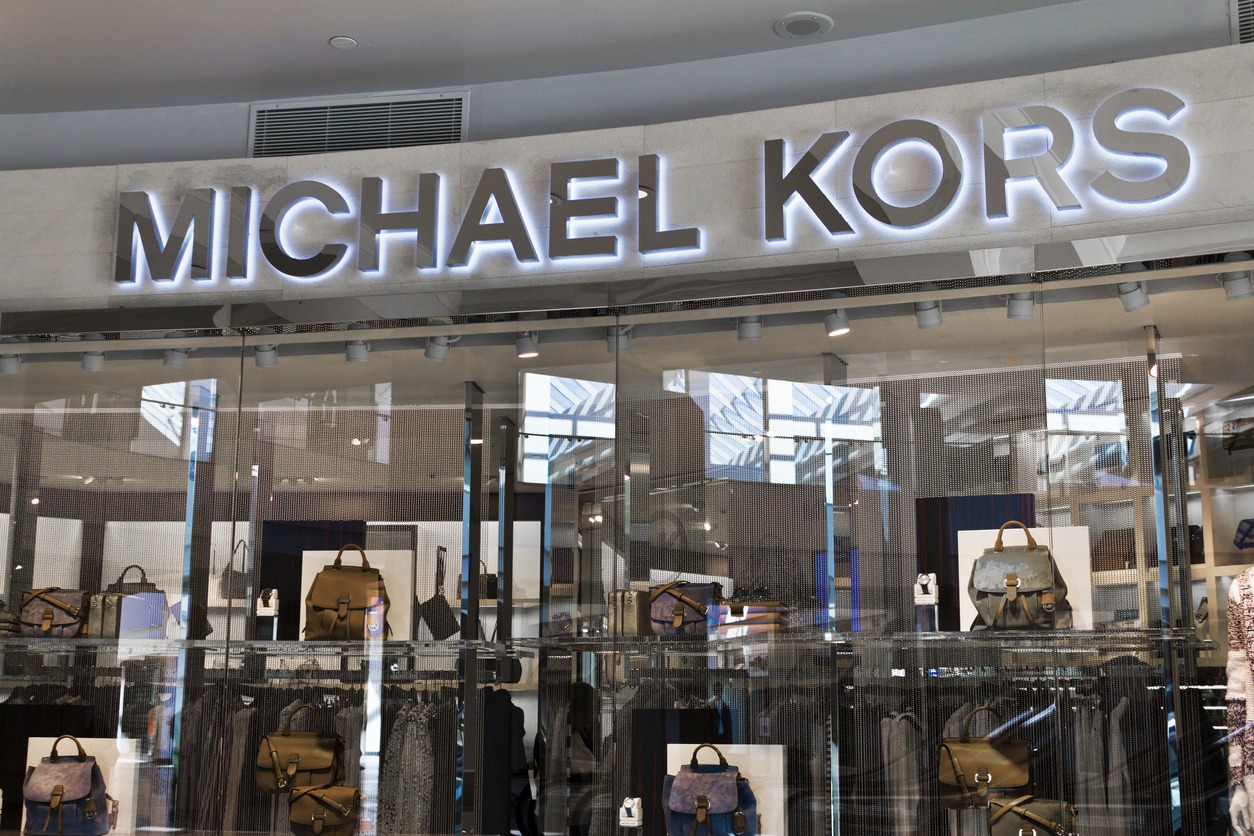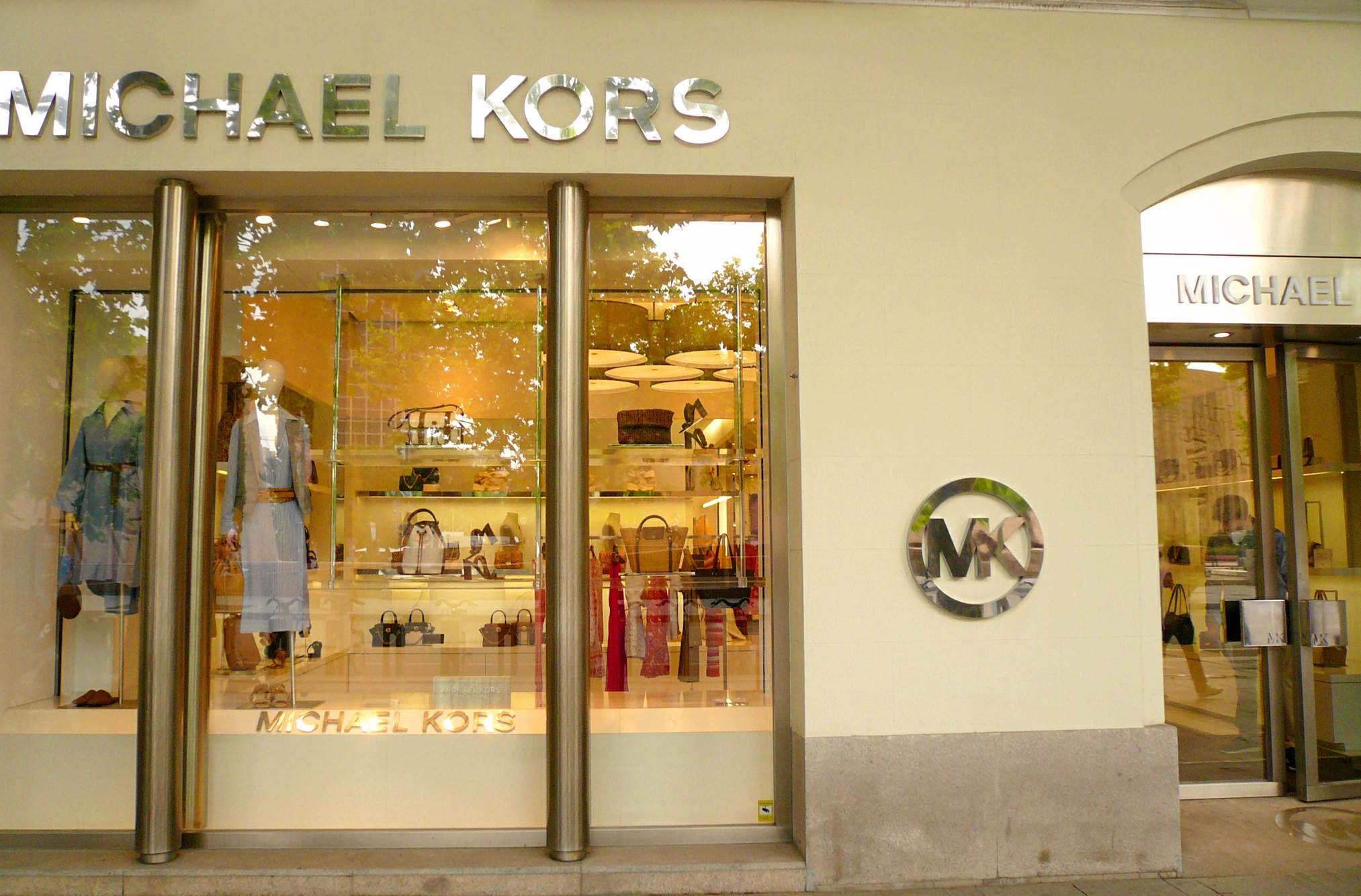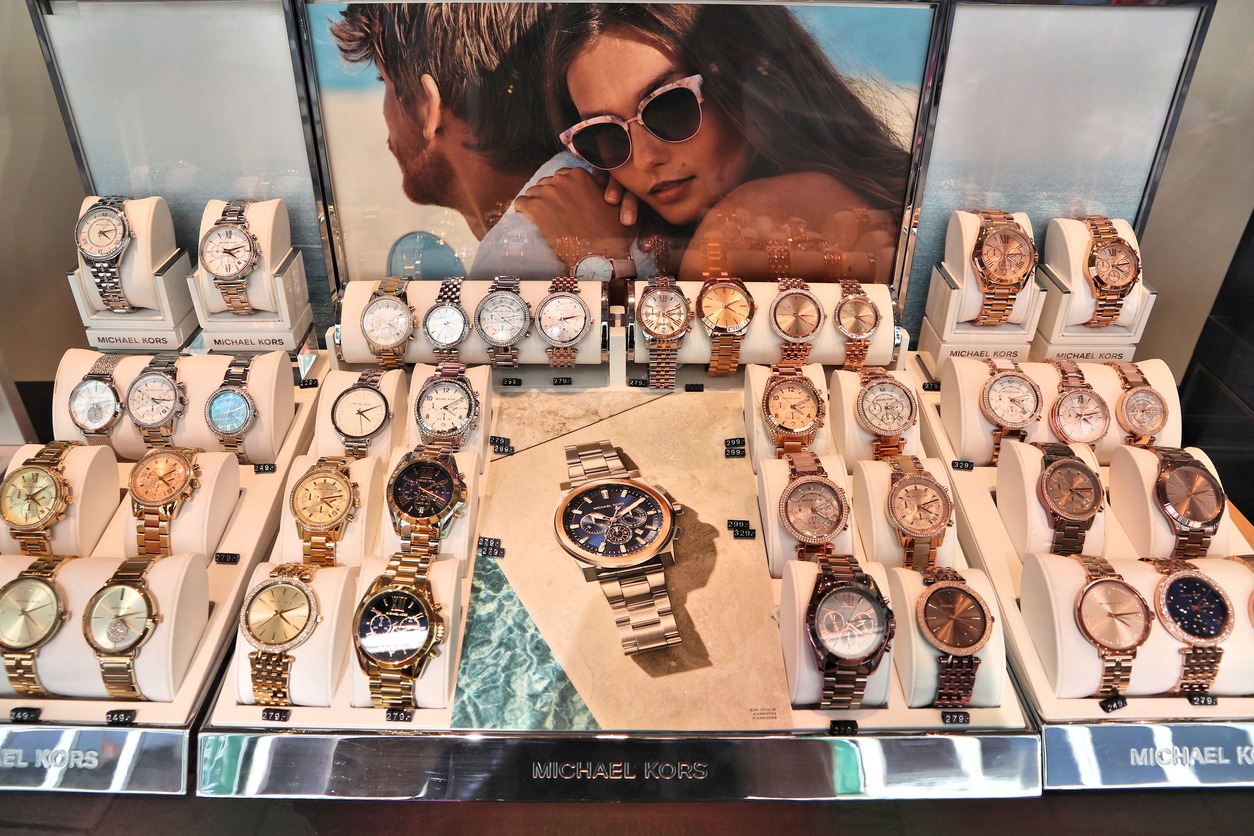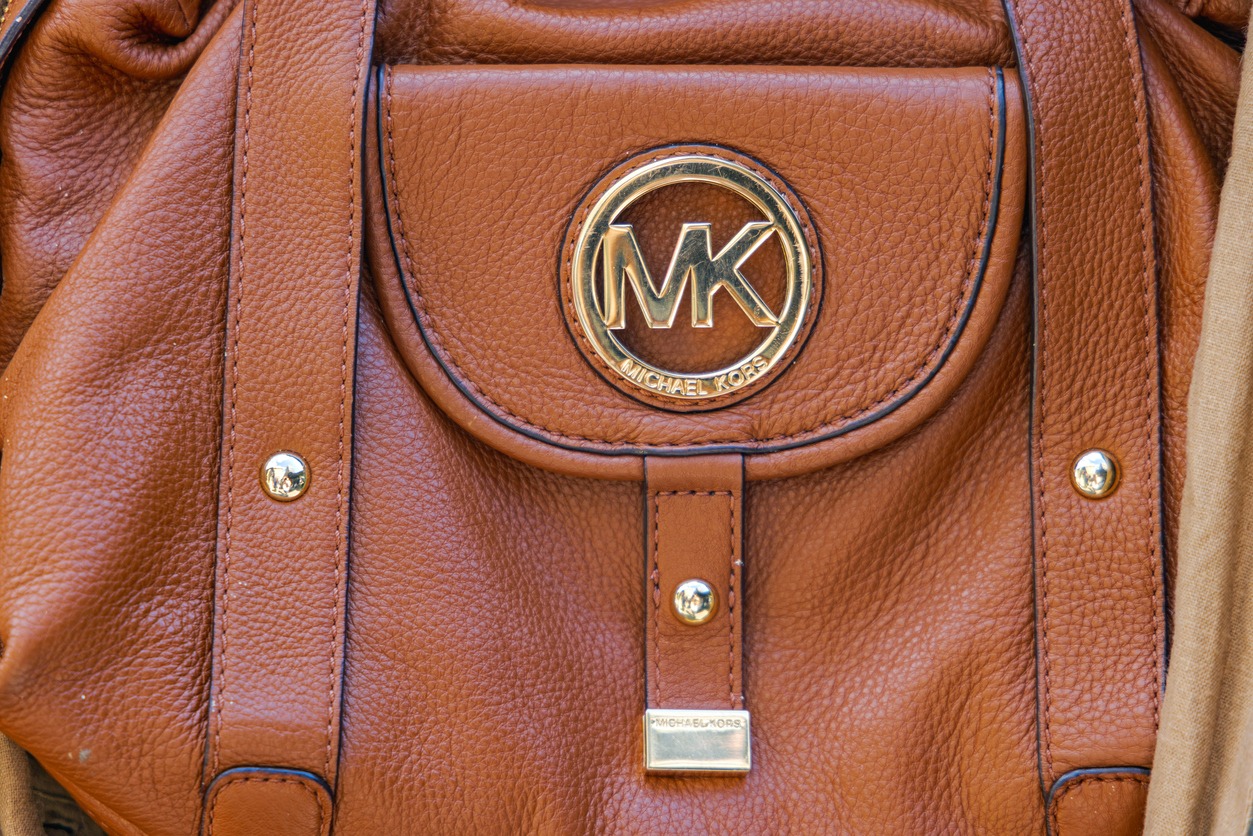Michael Kors, a name synonymous with luxury and contemporary fashion, has risen from humble beginnings to become a global fashion powerhouse. With a career spanning over four decades, Michael Kors has not only built an enduring brand but has also left an indelible mark on the fashion industry. In this comprehensive exploration of the history of Michael Kors, we will trace the fascinating journey of this iconic designer, his contributions to the world of fashion, and the key milestones that have shaped his brand’s trajectory.
Early Life and Aspirations
Michael Kors, originally born as Karl Anderson Jr. on August 9, 1959, in Long Island, New York, had a natural affinity for fashion from an early age. Raised by his mother, Joan Hamburger, and her second husband, Bill Kors, he decided to change his name to Michael David Kors at the age of five, choosing to honor his mother’s maiden name. His mother, who had a modeling career, may have played a significant role in fostering his interest in the apparel industry. Michael’s creative spirit began to shine through at the tender age of five when he undertook the task of redesigning his mother’s wedding dress for her second marriage, showcasing his early talent and passion for fashion.
As a teenager, Kors took his budding interest in design to the next level. He embarked on a journey of creating clothing and selling his creations directly from his parents’ basement, which he affectionately named the Iron Butterfly, illustrating his entrepreneurial spirit and determination to pursue his dreams.
Education and Early Career
In 1977, Kors decided to further his fashion education by enrolling at the Fashion Institute of Technology (FIT) in New York City. However, his time at FIT was relatively short-lived, as he chose to leave the institution after a mere nine months. He took a pivotal step in his career by accepting a position at Lothar’s, a boutique located across from the iconic Bergdorf Goodman on 57th Street in Midtown Manhattan. Initially, Kors served as a salesperson at Lothar’s, but his innate talent and dedication quickly propelled him to the roles of both designer and head of visual displays for the store.
The Launch of Michael Kors Brand
In 1981, at the tender age of 22, Kors took a giant leap by launching his eponymous brand, Michael Kors. With a small collection of sportswear and a boutique in New York City’s prestigious Bergdorf Goodman, he was off to a modest start. However, Kors’ keen sense of style and his ability to infuse sporty elegance into his designs quickly garnered attention and acclaim.
One of the defining features of the early Michael Kors collections was their versatility. His designs seamlessly transitioned from day to night, making them a favorite among fashion-forward women who appreciated the practicality of his pieces. This knack for understanding the needs of his customers and delivering on those needs would become a hallmark of his brand.
Rising to Prominence in the 1980s
The 1980s marked a pivotal decade for Michael Kors. His designs, which epitomized the spirit of the era, became highly sought after. Unlike many designers of the time who embraced bold colors and extravagant embellishments, Kors stood out for his minimalist approach. His collections seamlessly transitioned from day to night, resonating with women who appreciated both style and practicality.
In 1983, Kors received the prestigious CFDA (Council of Fashion Designers of America) Award for Womenswear Designer of the Year, a recognition that solidified his growing influence in the fashion industry. This award was a testament to his unique ability to capture the zeitgeist of the time while staying true to his signature style.
Expanding the Brand and Celebrity Endorsements
As Michael Kors’ brand continued to gain momentum, it expanded into various fashion segments, including accessories, eyewear, and fragrance. His commitment to delivering high-quality products with an understated yet luxurious aesthetic resonated with consumers.
One of the key elements of Kors’ rapid rise to prominence was his ability to forge connections with celebrities. Throughout the 1980s and 1990s, a slew of A-list celebrities, including Michelle Obama, Jennifer Lopez, and Gwyneth Paltrow, embraced his designs. These high-profile endorsements not only catapulted the brand into the mainstream but also established Michael Kors as a go-to choice for red-carpet glamour.
The Reinvention of Michael Kors
As the 21st century dawned, Michael Kors faced the challenge of reinventing his brand to maintain its relevance in an ever-evolving fashion landscape. He recognized the growing influence of the internet and social media on the industry and adapted accordingly. In 2004, he launched his online store, embracing e-commerce and reaching a global audience.
The Michael Kors brand underwent an Initial Public Offering (IPO) in 2011, marking a significant milestone in its history. The company’s shares began trading on the New York Stock Exchange under the ticker symbol “KORS.” This move allowed the brand to raise capital for further expansion and signaled its position as a major player in the fashion industry.
Project Runway and Billionaire Status
Michael Kors’ influence extended to the world of television when he became a judge on the Emmy-nominated reality television program Project Runway. His role on the show not only exposed him to a wider audience but also showcased his keen eye for fashion and his ability to provide constructive criticism, further cementing his status as a fashion authority. The show initially aired on Bravo for five seasons, before moving to Lifetime. However, on December 18, 2012, it was announced that Kors would be departing from Project Runway, with fellow designer Zac Posen stepping in as his replacement. Kors did make a return to the show in 2016 as a guest judge during the season 15 finale.
In January 2014, Forbes reported a significant milestone in Kors’ career when he reached a personal fortune exceeding $1 billion. This financial achievement showcased the remarkable success he had achieved both as a designer and as an entrepreneur. Notably, Michael Kors Holdings had already generated substantial wealth for others, including Silas Chou and Lawrence Stroll, who had become billionaires through their association with the brand. This financial milestone underscored the brand’s enduring appeal and commercial success in the fashion industry.
Diversification and Expansion
In the years following its IPO, the Michael Kors brand continued to expand its product offerings. It ventured into menswear, children’s clothing, and even home goods, reflecting Kors’ desire to create a lifestyle brand that catered to every aspect of his customers’ lives. This diversification strategy proved successful, as the brand’s revenue continued to grow, reaching new heights.
In 2015, Michael Kors made a strategic acquisition that would further bolster its position in the fashion industry. The company acquired luxury footwear and accessories brand Jimmy Choo for approximately $1.2 billion. This acquisition allowed Michael Kors to tap into the high-end luxury market and cater to a broader clientele.
The American Luxury Brand
Throughout its illustrious history, the Michael Kors brand has consistently embodied the essence of American luxury. Michael Kors’ designs encapsulate his personal style, blending classic American sportswear with a touch of glamour. His ability to create timeless pieces that appeal to a wide audience, coupled with his commitment to offering a range of price points, has made him a favorite among both fashion insiders and the general public.
One of the defining characteristics of Michael Kors’ designs is their accessibility. While he produces high-end luxury collections, he has always been dedicated to providing a range of price options, ensuring that his fashion remains attainable to a broad spectrum of consumers. This inclusivity has been a driving force behind the brand’s popularity and enduring success.
Awards and Recognition
Michael Kors’ contributions to the fashion industry have not gone unnoticed. Beyond his early CFDA Award for Womenswear Designer of the Year, he has received numerous accolades throughout his illustrious career. In 2010, he was bestowed with the Geoffrey Beene Lifetime Achievement Award by the CFDA, a testament to his enduring impact on American fashion.
Kors’ philanthropic efforts have also garnered significant recognition. He has actively participated in various charitable initiatives, including campaigns to combat hunger and support education. His commitment to giving back to the community has earned him respect beyond the confines of the fashion world.
Challenges and Adaptation
Despite the brand’s remarkable success, Michael Kors, like the broader fashion industry, has encountered its share of challenges. The ascent of fast fashion, evolving consumer preferences, and economic fluctuations have all presented hurdles to the brand’s growth. In response, Michael Kors has focused on streamlining its operations, optimizing its retail footprint, and enhancing its digital presence to remain competitive in a changing landscape.
In 1997, Michael Kors experienced a significant resurgence in his career, thanks to a strategic investment by Moët Hennessy Louis Vuitton SE (LVMH) into his company. This investment marked a pivotal moment in Kors’ journey and had a profound impact on the trajectory of his brand.
In 2017, the company undertook a strategic move by acquiring the luxury fashion label Versace for approximately $2.1 billion. This acquisition marked the establishment of a global luxury fashion group, now known as Capri Holdings Limited, with Michael Kors, Jimmy Choo, and Versace as its pillars. This diversification strategy aimed to mitigate risks and leverage the strengths of each brand.
Sustainability and Social Responsibility
In an era where the fashion industry faces increasing scrutiny for its environmental impact, Michael Kors has taken proactive measures to address sustainability and social responsibility. The brand has implemented initiatives to reduce its carbon footprint, minimize waste, and incorporate sustainable materials into its product offerings. This commitment to sustainability aligns with evolving consumer values and positions the brand for a more responsible future.
Inclusivity and Diversity
Another area where Michael Kors has demonstrated leadership is in promoting inclusivity and diversity within the fashion industry. The brand has made a deliberate effort to feature models of various backgrounds, sizes, and ages in its campaigns, striving to reflect the diversity of its customer base. Michael Kors’ commitment to inclusivity sends a powerful message about the importance of representation in fashion.
Legacy and Impact
As Michael Kors continues to evolve and adapt to the ever-changing fashion landscape, the brand’s legacy remains firmly established. Michael Kors himself, with his keen eye for design and unwavering commitment to quality and accessibility, stands as a paragon of American fashion. His journey from a young designer with a dream to a global fashion icon serves as an inspiration to aspiring designers and entrepreneurs worldwide.
The Michael Kors brand has not only shaped the fashion industry but has also become a symbol of modern American luxury. Its enduring appeal, commitment to sustainability, and dedication to inclusivity ensure that it will remain a relevant and influential force in the years to come.
Conclusion
The history of Michael Kors is a testament to the power of talent, determination, and adaptability. From his early aspirations as a young designer to the global fashion empire he has built today, Michael Kors’ journey is a remarkable story of success. His ability to capture the essence of American luxury, adapt to changing times, and stay true to his vision has made him an enduring figure in the fashion world. The Michael Kors brand continues to shape the industry, inspire fashion enthusiasts, and serve as a symbol of timeless elegance and accessibility.




